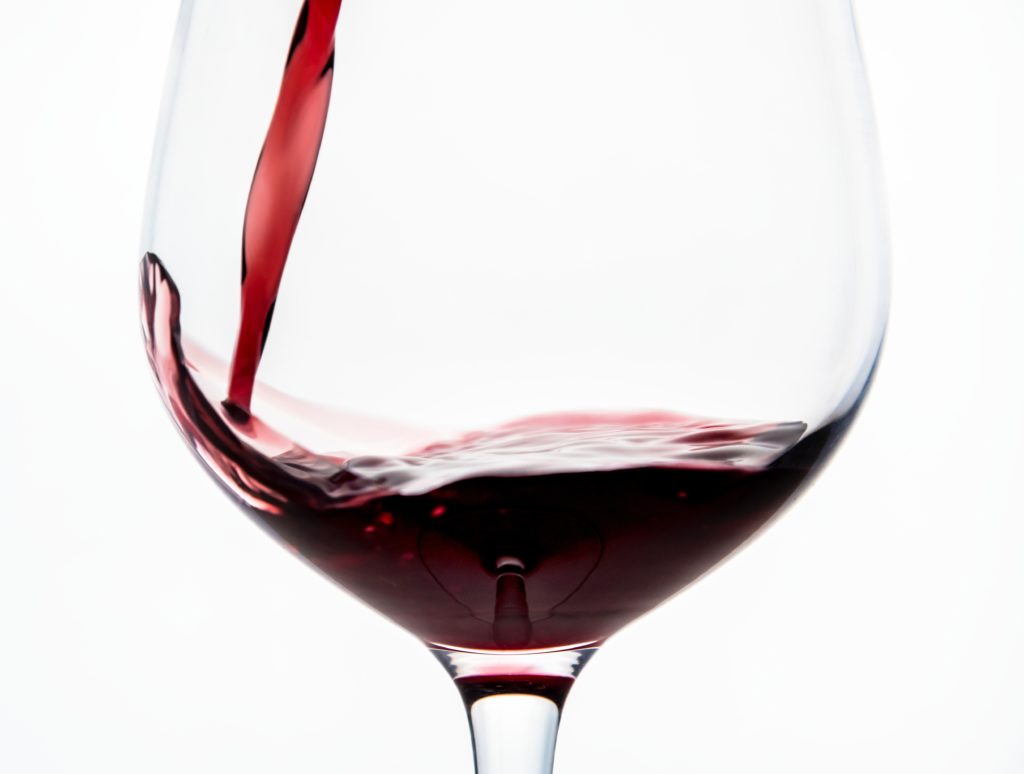Humility and holiness of wine (published in Italian in Osservatore Romano, Nov 9 2018 )
Nunc est Bibendum (let’s drink). So an ancient poet recommended to his contemporaries and so it is often done, raising a cup of wine in celebration. Compared to water, an integral and fundamental part of all forms of life, wine is only an occasional and transient product of the earth and man, who also comes from the ground, humus, and to the ground returns. But wine, like man, besides being humble, humilis, can help to look up to the sky and be holy.
Water, in its simplicity, is always identical to itself. Wine, in its complexity, is always unique and different, in the bottle as when poured in a glass. Wine slips through and dissolves in those who sip it, as does life, which flows unstoppable in the veins. In this passing that does not stop, there is a germ of eternity.
If drunk in excess, wine leads to the downfall of man. However, it is by converting water into wine that Jesus made the first miracle, at the request of his mother to please a newly wed couple and their friends. The wine tasted at that banquet, as in many other wedding banquets, did not destroy the individuality of the participants but “elevated” them, gathered together around the promise of new life to come. That wine brought joy and communion and was, in some way, a seed of hope.
But first of all, what is wine, what is it made of? As everyone knows, in addition to water, the other main component of wine is ethanol, by the concentration of which depends wine’s greater or lesser “power”. The force that springs from ethanol can be explained starting from its structure. It is a small molecule like water, which mixes with water without problems, but is capable of going further. In addition to the atoms of hydrogen and oxygen by which water is made, ethanol also contains two carbon atoms. Unlike the hydrogen and oxygen atoms, which attract each other but repel themselves, carbon atoms love to pair with each other and share electrons, without holding or rejecting them back. This is how long chains of carbon atoms are formed, one atom equal to the other and tied together without distinction. Smaller circles are also formed by a few carbon atoms that put everything in common, like people around a table holding hands. Carbon chains and circles are at the base of structure and function of every form of life, starting from the membrane that defines a cell and the cables that hold it together, to the blocks of energy and the internal machinery that make it work, to the long tapes of genetic information that are transmitted from a cell generation to the next.
The small molecule of ethanol with its two carbon atoms is able to interact and interfere with all these other molecules made of carbon, but it can at the same time sneak through the complex lattices that they form, overcoming any barrier. This is how ethanol passes from the mouth and the stomach of those who drink it to the blood, liver and brain. While it is in the liver that ethanol can cause the most serious damage, it is in the brain that its strength is released. It quickly arrives at the centres of thought and language and sets them free to run, loosening all restraints. At the same time, ethanol stimulates the centres of well-being and feeling good together. Eventually it also brings sleep and with it suspension of anxiety and pain. In addition to being intoxicating, ethanol has been used since the dawn of humanity as an analgesic. It has a structure very similar to ether, the forerunner of modern anesthetics, which is also composed of two carbon atoms. This is how chemistry, with small and simple molecules such as ethanol and ether, can easily take revenge on the great presumption of the human brain, putting it at their feet.
But the secret of wine cannot be reduced to water and ethanol and its complexity is elsewhere. Wine production and culture continue to be a fascinating topic for all times. For thousands of years they have been a prerogative of the Mediterranean area, ignored by ancient civilizations such as the Chinese or Indian, which instead used other alcoholic beverages. The uniqueness of wine, and of every particular wine, can only be explained by its other thousand ingredients, all based on carbon rings with some minor modifications, which determine colour, aroma and flavour. They are the product of the juice of many types of grapes and reflect not only the grapes, but the land and the slope in which they grew, and the year and sun under which they matured.
All this is well known to experts, who can easily talk about the merits and defects of each bottle of wine. But, besides the quality of wine, who among these experts can say what makes wine “holy”? Theologians have discussed this for so many centuries. But who among them can explain it to others? Who writes is not a connoisseur of wines, nor a theologian, simply a lover of “good drinking with friends”. Above all he likes red wine which, compared to white, contains many more carbon rings deriving from the maceration of the skin of grapes together with their juice. Red is also the colour of blood, of the many people trampled and crushed over the centuries, as that blood of Christ, which is “transformed” from wine, every time people gather and celebrate his sacrifice around the altar.
With the dogma of “transubstantiation“, we refer to the passage from one substance to another: while the “accidents” remain the same, transubstantiation is nothing less than a total conversion of the substance of wine into that of the blood of Christ. Is it possible to try to interpret this great mystery in a simple manner, to be shared also with those who do not share this belief and never go to mass? Returning to the humility of wine, one immediately sees that its substance disappears in the blink of an eye, when it is shared with friends. The accidents, the molecules of which it is made, remain the same, but the wine itself is “incorporated” into those who enjoy it together with pleasure. Similarly, for the wine on the altar, one could propose that its substance disappears when the glass is lifted up and therefore “shared” with all those around who participate. That wine elevated on the altar is transformed into the blood of Christ, who becomes the blood of all of us. Christ’ blood was not shed in vain, but for the remission of sins. Sins are forgiven when we love each other, forgiving others together with ourselves. As Jesus recommended, before going to church we should go and make peace with those who have offended us. What better way to do this than to bring some good wine along, to share and drink together looking into the future?

